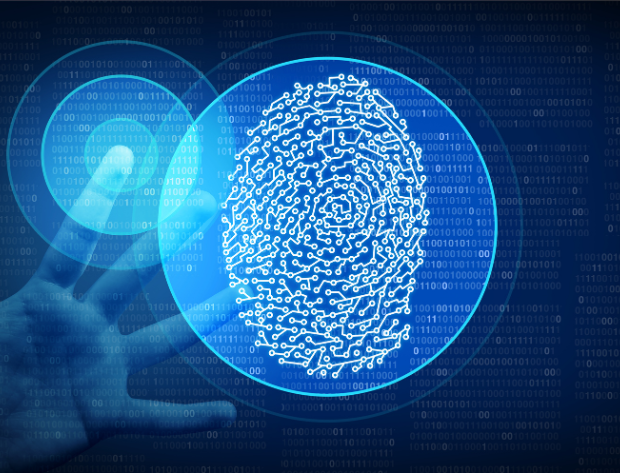In an increasingly volatile business landscape, resilience and adaptability have become cornerstones of survival and long-term success. Disruptions can range from natural calamities to cyber threats or even a sudden change in market dynamics. How a business prepares for, reacts to, and recovers from these disruptions defines its resilience. This blog post suggests a comprehensive guide on establishing a robust business continuity plan and best practices for disaster recovery to navigate through crises effectively.

Business Continuity in Crisis, Best Practices for Disaster Recovery
Understanding the Importance of Business Continuity and Disaster Recovery
The symbiotic relationship between business continuity and disaster recovery forms a sturdy shield against unforeseen disruptions. Business continuity focuses on maintaining essential functions during and after a crisis, while disaster recovery zeroes in on the technology and systems that support these functions. Together, they pave the way for a comprehensive approach to crisis management.
Key Components of a Robust Business Continuity Plan
Creating a business continuity plan is not a one-size-fits-all process. It involves understanding the specific risks that can impact your business, assessing available resources, and drafting a step-by-step process for different crisis scenarios. This helps the business sustain itself during tough times and resume normal operations as quickly as possible.
Aligning Business Continuity with Corporate Strategy
It's crucial for business continuity to be aligned with the broader corporate strategy. This allows for better allocation of resources, a deeper understanding of the company's objectives, and a cohesive approach to tackling disruptions. When continuity planning is a core element of your strategic planning, you not only prepare for survival but also position your company for growth after a crisis.
Best Practices in Disaster Recovery Planning
In the age of digital transformation, the importance of disaster recovery planning cannot be overstated. The key lies in prioritizing critical systems, having data backups, and establishing a crisis communication protocol. In addition, testing the disaster recovery plan at regular intervals ensures that it stays updated and effective.
Utilizing Technology for Resilience
Advanced technologies like cloud computing, AI-powered analytics, and blockchain are revolutionizing how companies prepare for and recover from crises. Leveraging these technologies can automate key processes, offer real-time insights, and facilitate quicker recovery. It's not just about having the right tools, but using them intelligently to strengthen your business continuity framework.
Crisis Management and Organizational Culture
The function of organizational culture in crisis management is often underestimated. A culture that promotes transparency, learning, and accountability inherently equips employees to act responsibly and efficiently in times of crisis. Organizations that invest in training and awareness programs around crisis management often find themselves better prepared for unforeseen challenges.
Balancing Cost and Benefits in Crisis Preparedness
While investing in crisis management and disaster recovery is non-negotiable, businesses must also consider the cost implications. Finding the balance between cost and benefit is crucial. This involves a careful evaluation of risks, potential impact, and the value of the resources allocated for crisis management.
Crafting a Resilient Future with Business Continuity and Disaster Recovery
In a world where the pace of change is relentless, the terms “business continuity” and “disaster recovery” have evolved to represent much more than emergency responses; they are now fundamental aspects of organizational strategy and long-term resilience. Today's companies don't merely exist within physical walls; they span digital platforms, international markets, and complex supply chains. This broader scope not only offers unprecedented opportunities for growth but also introduces a myriad of risks, including cyber threats, operational disruptions, and global crises. Hence, in the digital transformation era, the conversation around business continuity and disaster recovery must go beyond preparing for isolated emergencies to ensuring comprehensive resilience.
Integrating into Corporate Objective.
Every decision a company makes - be it related to expansion, mergers, or entering new markets - should be assessed through the lens of business continuity and disaster recovery. These are not just annexes to a business plan but essential chapters that dictate how the organization withstands, recovers, and even thrives amid disruptions. When these elements are tightly interwoven with corporate objectives, they become enablers of sustainable growth. For instance, a company looking to expand overseas should consider not just market potential but also political stability, local regulations, and infrastructural robustness in the potential locations, all of which directly impact business continuity.
Harnessing Technology for Enhanced Resilience
The same technological advancements that expose businesses to new kinds of risks also equip them with tools to mitigate these risks effectively. For instance, cloud-based solutions provide data redundancy that could be crucial in the event of data loss or a cyber-attack. Artificial Intelligence can offer predictive analytics that help in foreseeing potential disruptions and taking proactive measures. Blockchain technology can secure the integrity of supply chains by providing transparent and immutable records. Leveraging these technologies wisely not only ensures a robust disaster recovery plan but also embeds resilience into the day-to-day operations, making a business more agile and competitive.
Building a Culture of Preparedness and Adaptability
A resilient organization is the sum of its resilient individuals. Hence, the role of human capital in disaster recovery and business continuity cannot be overstated. Companies that prioritize employee training on these fronts - be it through simulations, workshops, or ongoing education - are more likely to manage crises effectively. When employees, from the C-suite to the front lines, are equipped with the knowledge and tools to navigate disruptions, the organization as a whole stands a better chance of not just surviving but also turning crises into opportunities for growth.
Investing in Sustainable Practices
Resilience is not merely a business issue; it's a societal one as well. Companies that incorporate environmental, social, and governance (ESG) criteria into their strategies often find that these sustainable practices also contribute to stronger business continuity and disaster recovery plans. For instance, a commitment to environmental sustainability could result in more robust safeguards against natural disasters. Similarly, strong governance structures often mean better-preparedness for legal or regulatory upheavals.
Embracing Doğuş Technology means having a trusted ally in navigating the intricate landscape of crisis management. It offers more than just solutions; it provides a wellspring of expertise to sculpt bespoke strategies that align with your requirements. The expansive repertoire of offerings empowers your organization to not merely withstand challenges but to thrive, ensuring seamless continuity even in the face of adversity. By choosing Doğuş Technology, you're not just preparing for crises; you're embracing opportunities and nurturing enduring growth in a world shaped by post-crisis dynamics.












